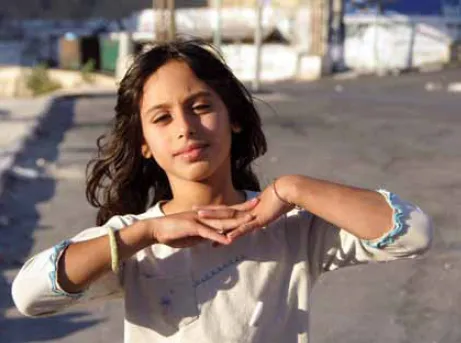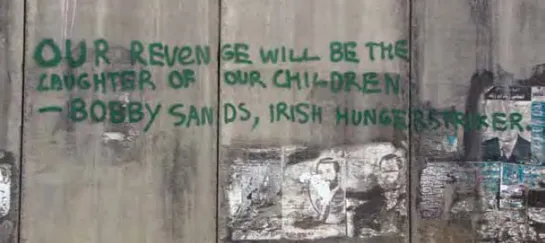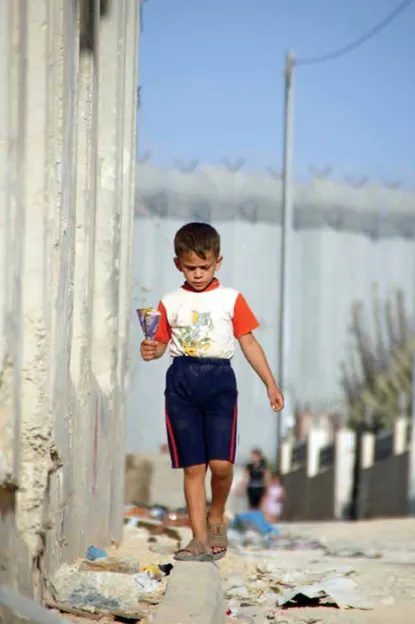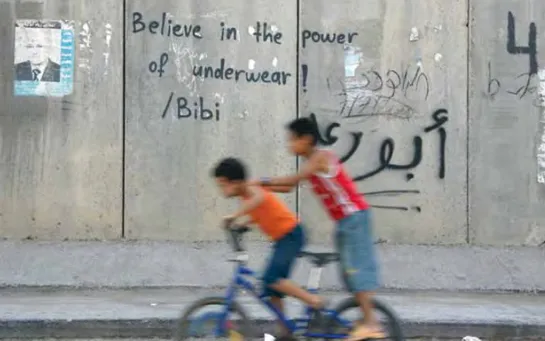![]()
JERUSALEM AND ITS ENVIRONS
‘The 75 km Wall being built in East Jerusalem is an instrument of social engineering designed to achieve the Judaization of Jerusalem by reducing the number of Palestinians in the city. The Wall is being built through Palestinian neighbourhoods, separating Palestinians from Palestinians, in a manner that cannot conceivably be justified on security grounds.’
Professor John Dugard, former UN Special Rapporteur for Human Rights in the Occupied Palestine Territory
For more than four decades, Israel has been building a ‘New Jerusalem’ at the expense of the city’s Palestinian residents. Israel’s publicly stated policies of social engineering are intended to manipulate the demographic balance in order to consolidate the claim that Jerusalem is the ‘eternal and undivided capital of the Jewish people’.
In 1967, Israel illegally annexed 70 square kilometres of Palestinian land and incorporated the expropriated land, now commonly called East Jerusalem, into the newly enlarged boundaries of the Municipality of Jerusalem. Ever since, Israel has used an arsenal of discriminatory policies to maintain a 72/28 per cent ethnic balance in Jerusalem between Jews and Palestinians. The Wall is the latest addition to this on-going policy.
Jerusalem’s social engineering practices involve severely restricting the space in which Palestinians can construct residential buildings (just 7 per cent of the confiscated Palestinian land) and then making it virtually impossible to obtain a permit, resulting in a massive housing shortage, estimated to be a shortfall of some 125,000 homes in 2009. While the Palestinian population has had little choice but to build illegally, the Municipality has enforced a rigorous and punitive campaign of fines and house demolitions, and has recently started confiscating construction equipment used to build homes that lack a permit. Over 42 years, the Municipality has built 55,000 Jewish-only homes on the expropriated Palestinian land and none for the Palestinian population that comprises a third of the city’s population. It has offered tax breaks and low interest mortgages to encourage Jews to populate Palestinian land. East Jerusalem is now home to 200,000 Jewish Israelis. This violates Article 49 of the Fourth Geneva Convention – ‘The occupying power [Israel] shall not deport or transfer parts of its own population into the territories it occupies’ – and the international community continues to regard East Jerusalem as illegally occupied West Bank land.
Jews from anywhere in the world can move to Jerusalem. They can come and go as they please without jeopardising their right to live in the city. Not so for the 268,400 Palestinian Jerusalem ID holders, however, who have to prove annually that Jerusalem is their ‘centre of life’ or risk losing their ID and their right to live there, despite having been born in East Jerusalem. Working abroad or living just outside the Municipal boundaries, despite the housing shortage in East Jerusalem – these are not options for the Palestinian population here. Israel also prevents family unification for East Jerusalemites who marry someone from the West Bank or Gaza. If a woman with Jerusalem ID marries another West Banker or a Gazan man, she cannot bring him to live in Jerusalem, and, in some cases, their children will not be allowed to hold Jerusalem IDs either – and if Jerusalem isn’t her ‘centre of life’, she will have her ID and all of its rights revoked.
Additionally, although Palestinian Jerusalemites comprise a third of the population and contribute the same to municipal taxes, they receive a fraction back in services: in 2007 only 8.5 per cent of the Municipal budget was spent on Palestinian neighbourhoods and social services. Jewish neighbourhoods received 91.3 per cent of Municipal spending, according to Israeli Coalition Against House Demolitions (ICAHD). They also note that 70 per cent of fines collected by the Municipality between 2001-2006 were from Palestinians.
Like the graffiti in and around Jerusalem, the city’s ethnic discrimination is hidden from the tourist’s view – you’ve got to seek it out. It is by venturing into these neighbourhoods in search of some stunning artwork that exists on the Wall in and around Jerusalem that Israel’s demographic control policies manifest themselves. Two distinct cities have evolved – one thriving and growing, one being stifled and in decay. Jewish neighbourhoods are tidy, have plenty of green spaces and children play in parks and playgrounds. Roads, sidewalks, sanitation, street lights – all are well maintained. In Palestinian neighbourhoods, children play in pot-holed streets or in rubbish-strewn patches of land. Rubbish tips overflow, streets are dilapidated, many are unpaved. There are few street lights.
In East Jerusalem, 74 per cent of Palestinian children live below the poverty line. Classrooms are seriously overcrowded and the school dropout rate is 50 per cent. Children live in communities without sewage systems and more than half of their homes do not have adequate or even legal connections to the water supply. The innocence that we equate with childhood eludes Palestinian kids – the landscape and the daily routine have stolen that from them – yet they are charming, warm and sweet, and precociously politically astute.
At the start of this chapter they are juxtaposed with images of the Wall and artwork to put into perspective the Israeli government’s policies on tomorrow’s generation of Palestinian men and women living in and around Jerusalem – and to question the wisdom of blighting the futures of hundreds of thousands of innocent lives within and on the margins of Israel’s unilaterally and illegally imposed border.
Seif’s family home is opposite the Wall on the Jerusalem side. His uncl...





